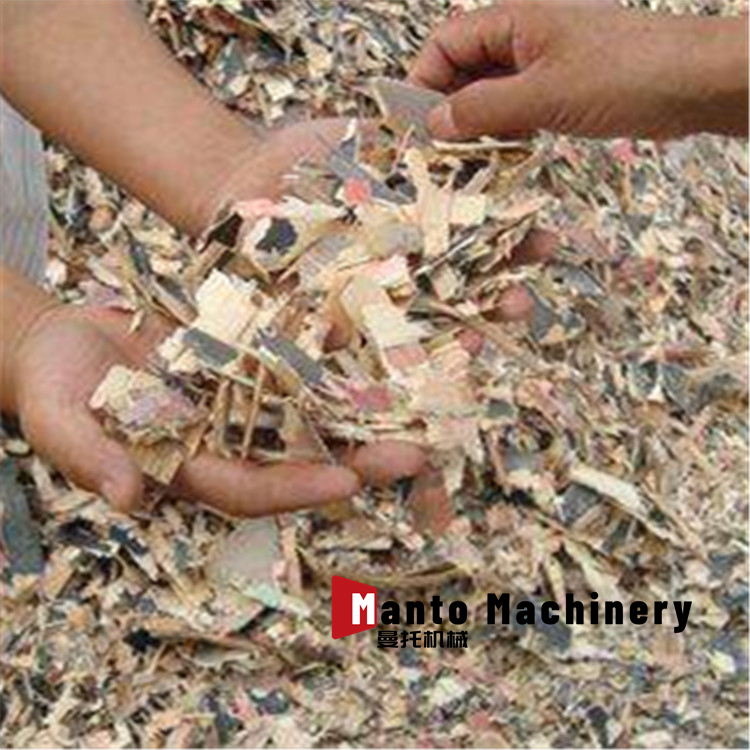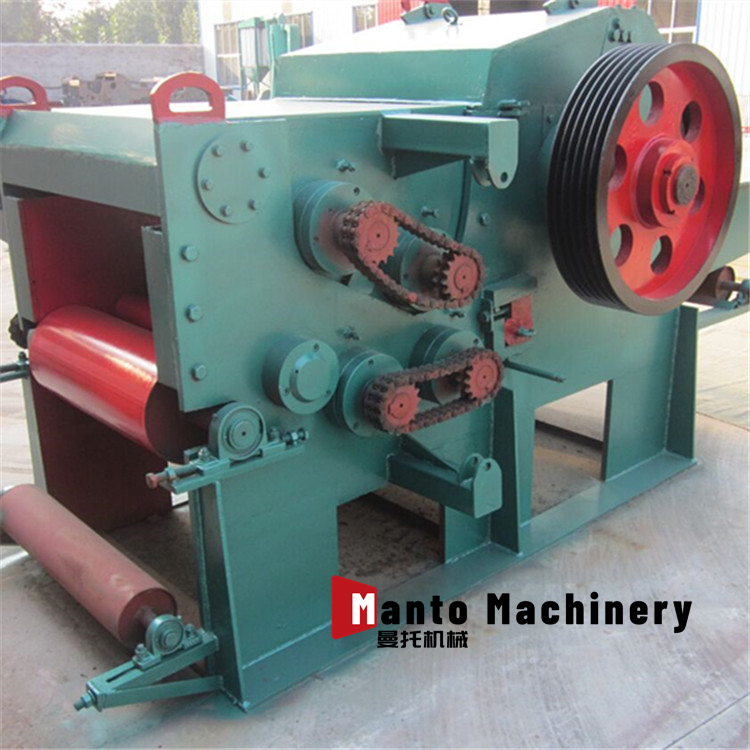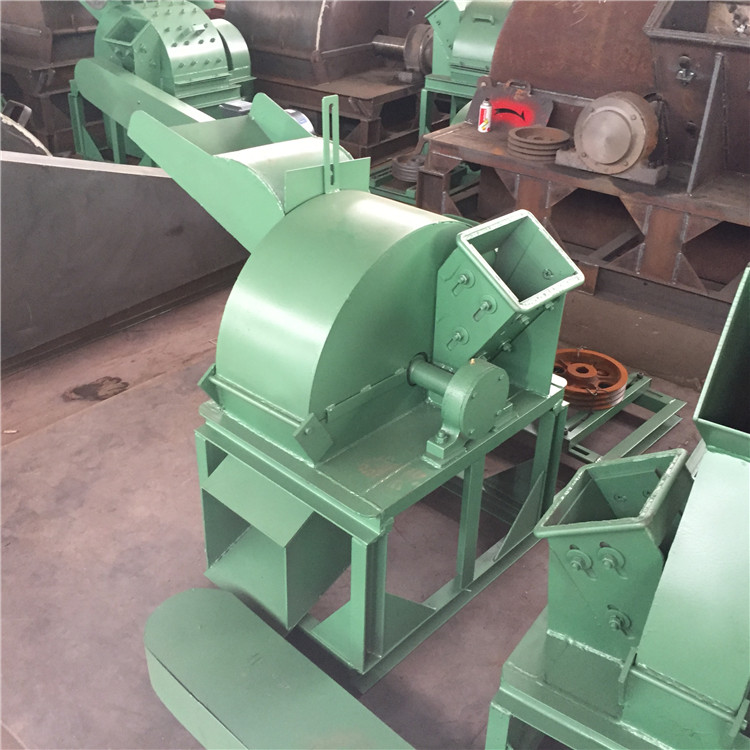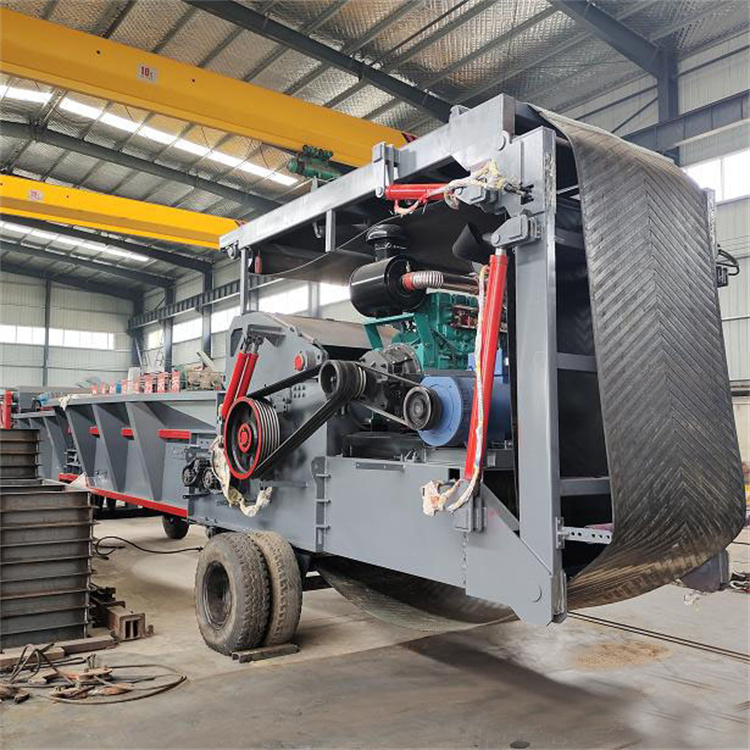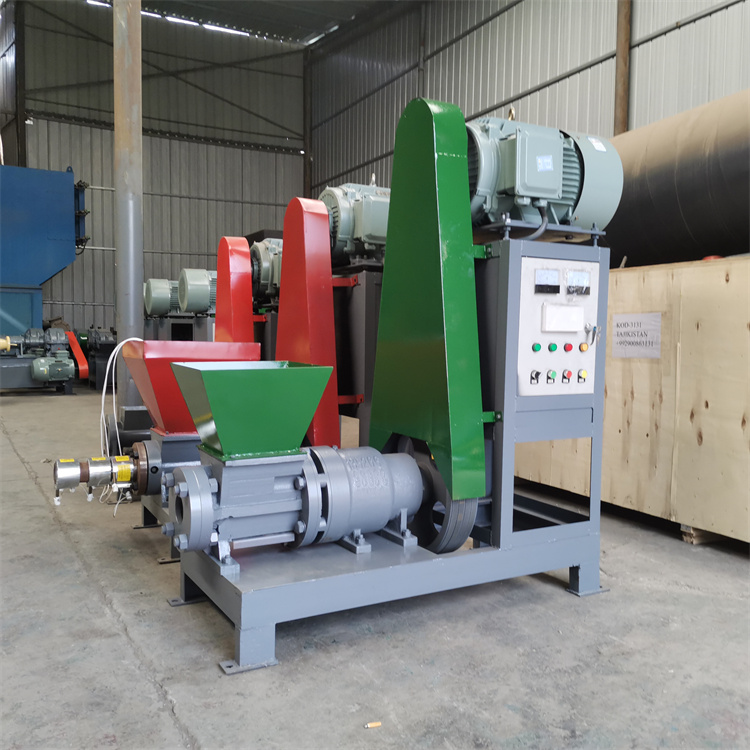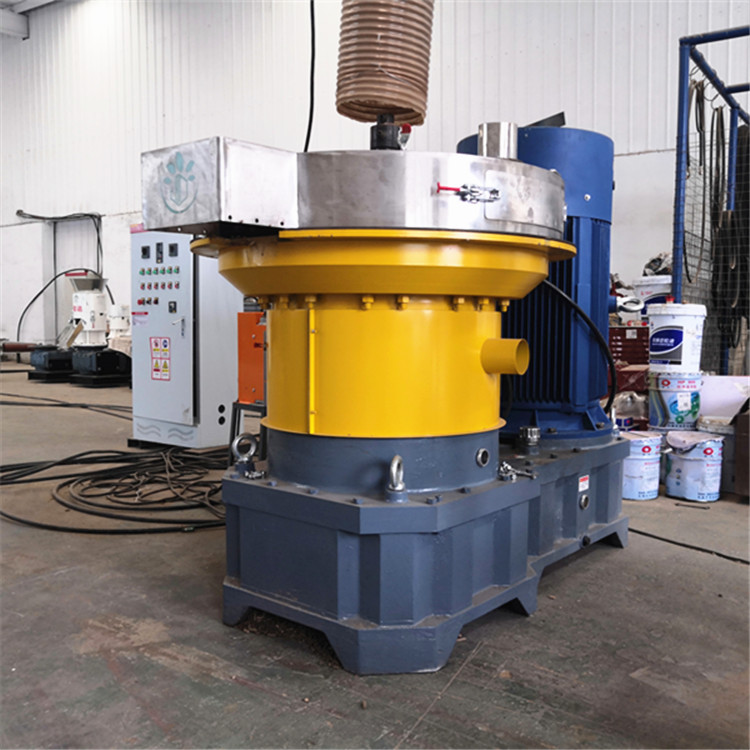A wood chipper for sawmills is one of the most indispensable machines in modern wood processing. But why do sawmills rely so heavily on this equipment, and what value does it bring to their operations?
A wood chipper is designed to process waste wood, offcuts, slabs, bark, and branches into uniform wood chips. For sawmills that generate large amounts of residual material during cutting and milling, this equipment turns what would otherwise be waste into valuable raw materials. The produced wood chips are widely used in biomass fuel production, paper manufacturing, fiberboard production, and landscaping applications, contributing to sustainable resource utilization.
Modern industrial wood chippers for sawmills come in various configurations — including drum chippers, disc chippers, and mobile wood chippers. Each type offers unique advantages depending on the raw material and output requirements. Drum chippers, for instance, deliver higher capacity and consistent chip size, making them ideal for large-scale sawmill operations.
Another major benefit of using a wood chipper in sawmills is cost reduction. By processing wood residues on-site, sawmills can lower waste disposal costs and create additional revenue streams from selling the resulting wood chips. Some sawmills even integrate their chipping systems directly with biomass power generation lines for energy efficiency.
Ultimately, investing in a wood chipper for sawmill operations enhances productivity, optimizes resource use, and supports environmentally friendly production. Whether it’s a stationary unit for mass processing or a diesel-powered mobile chipper for flexible use, the right wood chipper helps sawmills achieve both economic and ecological goals.
